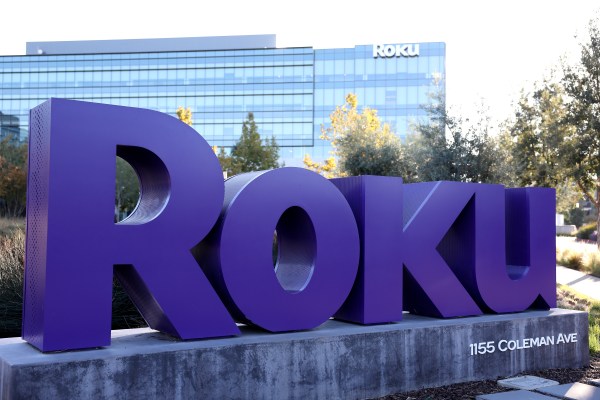TV streaming hardware and software company Roku has announced in an SEC filing that it plans to lay off approximately 10% of its workforce — it represents more than 300 employees. The company is trying to reduce its operating expenses as they have been growing at a rapid pace.
At the end of 2022, Roku said it had approximately 3,600 full-time employees located in 14 countries. But this isn’t the company’s first round of layoffs. In March, the company laid off around 200 employees.
In addition to today’s layoffs, Roku says that it plans to consolidate its office space utilization, perform a strategic review of its content portfolio and reduce outside services expenses. New hires will also be limited going forward.
And because of layoffs, Roku expects to spend $45 million to $65 million in the current quarter in severance and benefits costs. In addition to that, the company also expects an impairment charge of $55 million to $65 million as part of the content portfolio changes and another impairment charge of $160 million to $200 million as the company plans to cease to use certain office facilities.
In addition to its streaming boxes and the licensing revenue involved with the sales of Roku-licensed devices, the company generates revenue from its platform. The company has a streaming service called The Roku Channel, which aggregates three different types of content.
Roku customers can stream ad-supported content (AVOD) from The Roku Channel. In 2021, The Roku Channel started releasing original programming for its streaming service — Roku Originals. Second, Roku users can access live ad-supported TV channels (FAST). And finally, users can subscribe to third-party premium streaming services from The Roku Channel, such as Paramount+ and AMC+.
In other words, Roku’s revenue is now pretty much driven by advertising. In the second quarter of 2023, platform revenue represented the vast majority of the company’s total revenue — $744 million out of $847 million.
Platform revenue is made out of two revenue streams — the sale of digital ads, and content distribution revenue shares. It means that Roku competes with other ad giants, such as Google and Meta. While the company’s revenue is growing, it reported a net loss of $108 million in Q2 2023.
Roku doesn’t expect to reach profitability this quarter either. “Excluding the restructuring and impairment charges discussed herein which will impact total gross profit and net income (loss), the Company now expects total net revenue in the range of $835 million to $875 million, and adjusted EBITDA in the range of negative $40 million to negative $20 million for the third quarter of fiscal 2023,” the company wrote.
